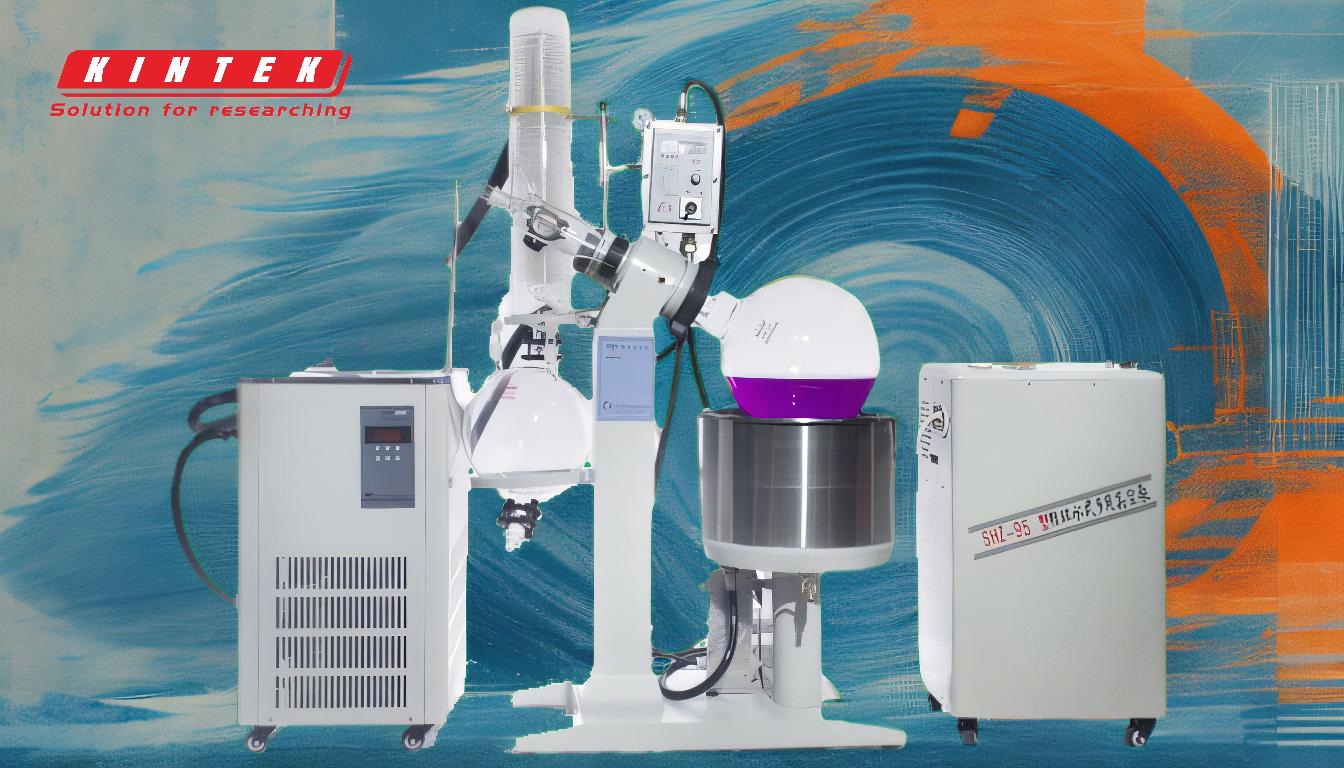The temperature of simple distillation typically ranges from 130-180°C (266-356°F), but can reach up to 343°C (650°F) when using advanced equipment like an oil circulating TCU. Temperature plays a critical role in distillation, as it directly impacts the yield and quality of the desired product. Lower temperatures, often achieved through vacuum conditions, help preserve the chemical integrity of the distillates. The efficiency of the distillation process is also influenced by the vacuum system, which relies on components like vacuum pumps, sealing rings, and vacuum tubes. Materials like PTFE are preferred for their durability and resistance to wear and corrosion.
Key Points Explained:

-
Typical Temperature Range for Simple Distillation:
- The standard temperature range for simple distillation is 130-180°C (266-356°F). This range is suitable for most common distillation processes, ensuring the separation of components based on their boiling points.
- In some cases, temperatures can be elevated up to 343°C (650°F) when using specialized equipment like an oil circulating TCU (Temperature Control Unit). This is particularly useful for substances with higher boiling points.
-
Importance of Temperature Control:
- Temperature is a critical factor in distillation because it directly affects the yield and purity of the desired product. Maintaining the correct temperature ensures that the target compound vaporizes and condenses efficiently.
- Excessive temperatures can lead to thermal degradation of the distillates, altering their chemical composition and reducing the quality of the final product.
-
Role of Vacuum Conditions:
- Vacuum distillation is often employed to lower the boiling points of substances, allowing distillation to occur at reduced temperatures. This is particularly beneficial for heat-sensitive compounds that might decompose at higher temperatures.
- The vacuum system's efficiency depends on the vacuum pump's power and the tightness of the system. A well-sealed system with a powerful vacuum pump can achieve lower pressures, enabling distillation at lower temperatures.
-
Components Affecting Distillation Efficiency:
- Vacuum Pump: The heart of the vacuum system, responsible for creating the necessary low-pressure environment.
- Sealing Rings and Vacuum Tubes: These components ensure the system remains airtight, preventing leaks that could compromise the vacuum.
- Material Selection: Materials like PTFE (Polytetrafluoroethylene) are preferred for their wear and corrosion resistance, ensuring long-term durability and consistent performance.
-
Balancing Pressure Resistance and Efficiency:
- The vacuum value must be carefully balanced to ensure the system can withstand the required pressure while maintaining optimal distillation efficiency. Overly high vacuum levels can strain the equipment, while insufficient vacuum may not achieve the desired temperature reduction.
By understanding these key points, a purchaser of distillation equipment can make informed decisions about the specifications and components needed for their specific application, ensuring efficient and effective distillation processes.
Summary Table:
| Aspect | Details |
|---|---|
| Temperature Range | 130-180°C (266-356°F), up to 343°C (650°F) with advanced equipment like TCU |
| Importance of Control | Ensures yield, purity, and prevents thermal degradation |
| Vacuum Distillation | Lowers boiling points, ideal for heat-sensitive compounds |
| Key Components | Vacuum pump, sealing rings, PTFE tubes for durability and efficiency |
| Pressure Balance | Ensures system withstands pressure while maintaining efficiency |
Need help optimizing your distillation setup? Contact our experts today for tailored solutions!











